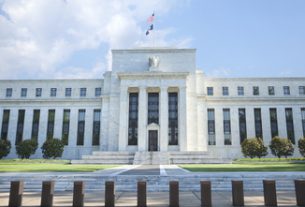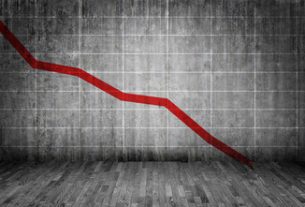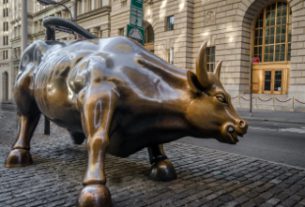With stock markets around the world on edge and investors nervous about what the future might hold, everyone is looking at central banks for guidance. You would think that they would have learned their lesson from the 2008 financial crisis, caused as it was by loose monetary policy. But ignorance of sound economics has left many people looking to central banks to boost the economy. Rather than seeing central banks for what they are, arsonists who are destroying the economy, too many investors see them instead as heroic firemen who will save the day. But there’s one big problem: central banks don’t have the means to do so anymore.
Oh sure, central banks can continue printing trillions and trillions of dollar worth of new money, purchasing government bonds, mortgage-backed securities, or even publicly traded stocks. But what will that do aside from create more bubbles? If it took $4 trillion of asset purchases for the Fed to get the US economy to current levels of below-trend GDP growth, how much more will it take to get out of the next crisis, particularly if it ends up being worse than 2008?
Can the Fed really buy another $4 trillion, $10 trillion, or $20 trillion worth of assets if it thought that’s what it would take? How about the ECB, the Bank of Japan, and other central banks? All three major central banks have boosted their balance sheets, with the Fed’s assets at over 20% of GDP, the ECB at over 40% of GDP, and the BOJ at over 100%. Do people really think that more quantitative easing can somehow save an economy in crisis?
And what about interest rates? Again, the Fed is in comparatively sound shape with a federal funds rate of around 2.50%, but that is still a historically low interest rate. There isn’t a heck of a lot of room to cut, and realistically the Fed can only get down to zero. Trying to push rates negative would risk imploding the banking system. The ECB and BOJ are in worse shape, with all of their key interest rates at zero or slightly negative, so they have no real room to maneuver. The long and the short of it is that central banks find themselves now between a rock and a hard place, with low interest rates, bloated balance sheets, and the prospect of severe recession right around the corner.
Curiously, central banks never openly discuss purchasing one particular asset: gold. They know that buying gold would signal to markets that their monetary policy is counterproductive and destructive. They know that buying gold would cause people to lose trust in the dollar, the euro, the yen, and the entire fiat monetary system. So they ignore gold, deride it as a barbarous relic that is only owned because of “tradition,” and hope that no one notices.
But savvy investors do notice, which is why they continue to invest in gold. They know that gold has been an outstanding store of value for centuries and that it continues to gain value during times of financial turmoil. And they also know that central banks are going to have a hard time combating the next financial crisis. That’s why they’re doubling down on their gold investments, pouring money into gold knowing that it will gain value while stocks and bonds tumble. If you’re worried about the safety of your retirement assets, what do you trust more: the ability of central banks to protect stock markets or the protective abilities of gold?
This article was originally posted on Goldco.





